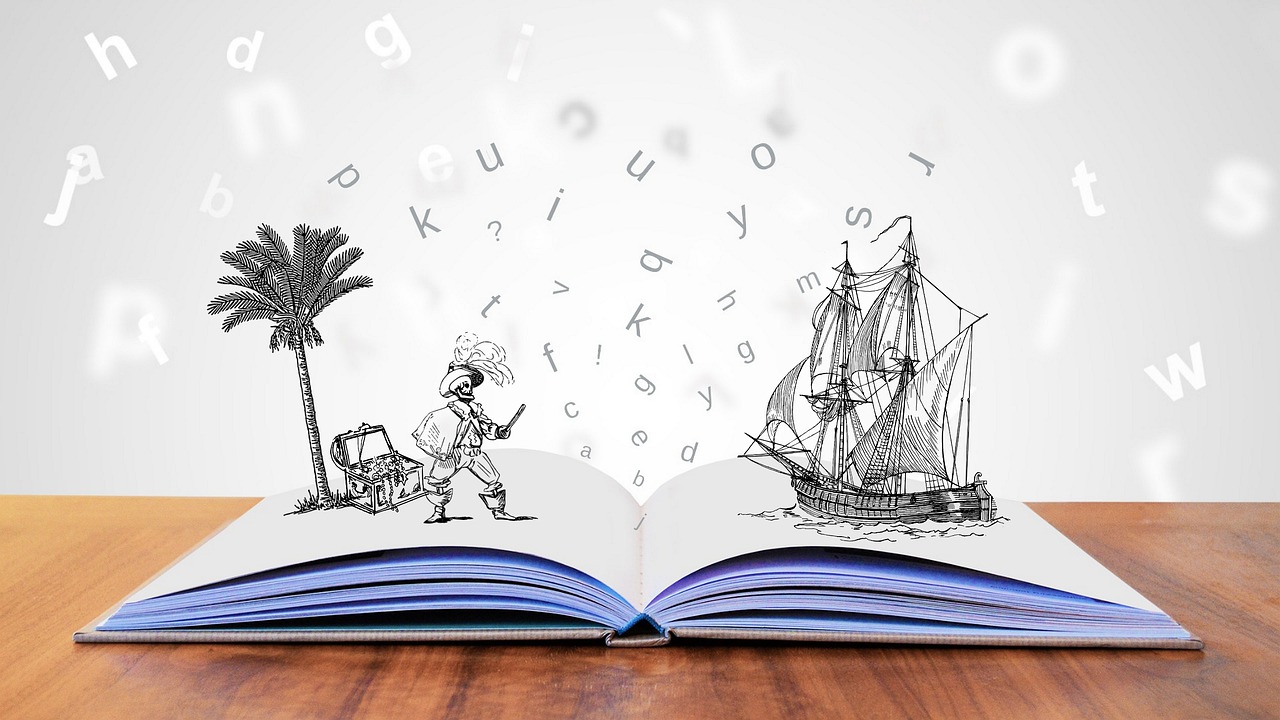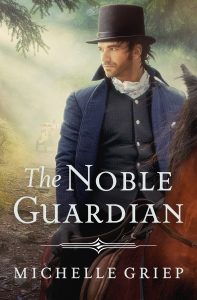By Michelle Griep, @MichelleGriep
Some people love pounding out a first draft when the story is all fresh in their head and the sheer speed of fingers flying over the keyboard is like a sweet aphrodisiac. But then again, some people also love zip-lining in their underwear over a river of snapping crocodiles.
Personally, I’m not a lover of either. First drafts don’t roll out of my mind and onto the paper. I sweat blood on a new story. I’m the sick kind of freak that loves to edit.
That being said, it is essential to capture a first draft so that it can be edited. And since that’s such a chore for me, I’ve picked up a few helps along the way that just might help you, too.
- Stuff Happens
Plots sometimes stall out at the most inconvenient of times, like right in the middle of getting from Point A to Point B in your story. You know what A is. You know what B is. But it will take you at least a weekend and six-pack before you figure out how to connect those two points, which will slow your momentum on your story. Here’s what you do . . . just type in STUFF HAPPENS and leave it at that. No, not forever. You will go back later and figure that part out. In the meantime, you can finish Point B and C and perhaps even D before the weekend even starts.
- TK
You can’t know everything unless you’re my mother. She claims to. But when you’re typing along and feel the need to know a fact that’s pertinent to the story—yet you also know if you look up that fact you’re going to get sidetracked for at least several hours—just type in two little letters: TK. This is an old printing/journalism reference that means “to come.” Yeah, I know come starts with a C, not a K but hey, I didn’t make this up. Get over it. TK means that additional material will be added later (after you look up the information). Then, uh, add it later.
- Go Hollywood
Dialogue captures the essence of a scene. It shows emotion. It’s an indicator of what’s physically happening. It’s also a great way to move your story forward without the technicalities of moving your characters around. Think screenplay. Think script.
For those of you who struggle to get down the first draft of a story, this stuff really works. No, really. I’ve tried it. Again and again. Go ahead and give it a whirl. Zip-lining is overrated anyway.
Having lived with a family who hated her, love is finally within reach. Abby sets off on a journey across England to marry one of the most prestigious gentleman bachelors in the land—until highwaymen upset her plans and threaten her life.
Horse patrol captain Samuel Thatcher arrives just in time to save Abby. But to him she’s simply another victim in a job he’s come to despise. Tired of the dark side of humanity, he intends to buy land and retire.
Abby pleads with him to escort her on the rest of her journey. He refuses until she offers him the thing he desperately needs to achieve his goal: money. Delivering her safely will earn him more than enough to settle into a quiet life.
So begins an impossible trek for the cynical lawman and the proper lady. Each will be indelibly changed by the time they reach her betrothed if they don’t kill one another first—or fall in love.
 Michelle Griep’s been writing since she first discovered blank wall space and Crayolas. She is the author of historical romances: The Captured Bride, The Innkeeper’s Daughter, 12 Days at Bleakly Manor, The Captive Heart, Brentwood’s Ward, and A Heart Deceived, but also leaped the historical fence into the realm of contemporary with the zany romantic mystery Out of the Frying Pan. If you’d like to keep up with her escapades, find her at www.michellegriep.com or stalk her on Facebook, Twitter, or Pinterest.
Michelle Griep’s been writing since she first discovered blank wall space and Crayolas. She is the author of historical romances: The Captured Bride, The Innkeeper’s Daughter, 12 Days at Bleakly Manor, The Captive Heart, Brentwood’s Ward, and A Heart Deceived, but also leaped the historical fence into the realm of contemporary with the zany romantic mystery Out of the Frying Pan. If you’d like to keep up with her escapades, find her at www.michellegriep.com or stalk her on Facebook, Twitter, or Pinterest.


